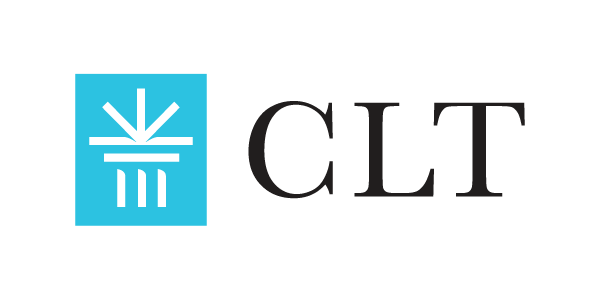Could your child enter Harvard in 1869?
Harvard University adopted the following words, based on their mission statement, as part of their “Rules and Precepts” in 1646:
Let every Student be plainly instructed, and earnestly pressed to consider well, the maine end of his life and studies is, to know God and Jesus Christ which is eternal life (John 17:3) and therefore to lay Christ in the bottome, as the only foundation of all sound knowledge and Learning. And seeing the Lord only giveth wisedome, Let every one seriously set himself by prayer in secret to seeke it of him (Prov. 2:3).
Thoroughly dedicated to Scriptures as the source of all Truth, Harvard sought to equip ministers and laymen with the tools for being effective citizens in the world, to the glory of God. How did they do this? Through classical education.
Some Christians hear about “classical” or “liberal arts”1 education, and assume it is an ancient, pre-Christian form of education. Some object that it is a pagan way to educate children, as opposed to Christian, and that “Classical Christian” is simply some kind of syncretism or oxymoron. Not only is this untrue, but it is ironically untrue. In order to dismiss “classical education” as pagan, you have to dismiss the entire history of Christianity in regards to education. The founding fathers of the United States provide a clear example. Not only were they classically educated themselves, but they considered classical education to be an important component to being a faithful, educated Christian. The entrance exam below, paired with the mission statement of Harvard, demonstrates this:
The HISTORY AND GEOGRAPHY portion of the Entrance Exam for Harvard University, July 1869.
I. Bound the basin of the Po, of the Mississippi, of the St. Lawrence.
II. Name the chief rivers of Ancient Gaul and Modern France.2 Is France later or smaller than Transalpine Gaul? What are the two principal rivers that rise in the Alps? Where is the Mount Blanc?
III. Where is the Source of the Danube? of the Volga? of the Ganges? of the Amazon?
IV. Describe the route of the Ten Thousand, or lay it down on a map.3
V. Leonidas, Pausanias, Lysander.4
VI. Pharsalia, Philippi, Actium, — geographically and historically
VII. Supply the two names left bank in the following passage from the Oration for the Manilian Law :5
“Non dicam duas urbes potentissimas, Carthaginem et Numantiam ab eodem ________ esse deletas; non commemorabo nuper ita vobis patribusque esse visum, ut in uno _________ spes imperii poneretur, ut idem cum Jugurtha, idem cum Cimbris, idem cum Teutonis bellum administraret.”
Who was Jugurtha? Where was Numantia?
VIII. Compare Athens with Sparta?6
IX. Pericles: —the Man and his Policy.
See the entire exam (all subjects) HERE (PDF).
It was this education that enabled the American founding fathers to intentionally reject the (failed) “experiment in democracy” of ancient Athens, and to instead build a Constitutional and representative Republic, which was more like the Republic of Rome. Classical education shaped men like George Washington, and John Adams. But the Founders were not returning to something merely ancient. They were continuing the tradition of classical education as it was handed down from the earliest of Christian history, starting with the Apostles themselves, and going into the early Church, and on into the Middle Ages, and particularly strong among the Protestant Reformers. As little as 60-70 years ago, it was still taken for granted that an educated person would have a classical education. The idea that education would not be classical, or that classical education is opposed to Christian education, is a very novel and modern idea.
Wondering how to give your children the kind of education that would allow them to pass the entrance exam to Harvard in 1869? You’ve come to the right place! Learn about Old Western Culture.
Are you looking for a college entrance exam that reflects what is true, good, and beautiful like the old Harvard exams? Learn about the Classical Learning Test!

Daniel Foucachon grew up in Lyon, France where his father was an evangelist and church-planter with Mission to the World. He moved to Moscow, Idaho in 2005 to attend New Saint Andrews College, where he graduated with a BA in Liberal Arts and Culture in 2009. His love for classical education and desire to publish curriculum designed for home education led him to found Roman Roads Press in 2011, which has since produced and published award-winning liberal arts curriculum for high school students. Daniel and his wife Lydia live on 5 acres of land north of Moscow, Idaho with their seven children.
Follow Daniel: Facebook | Twitter


